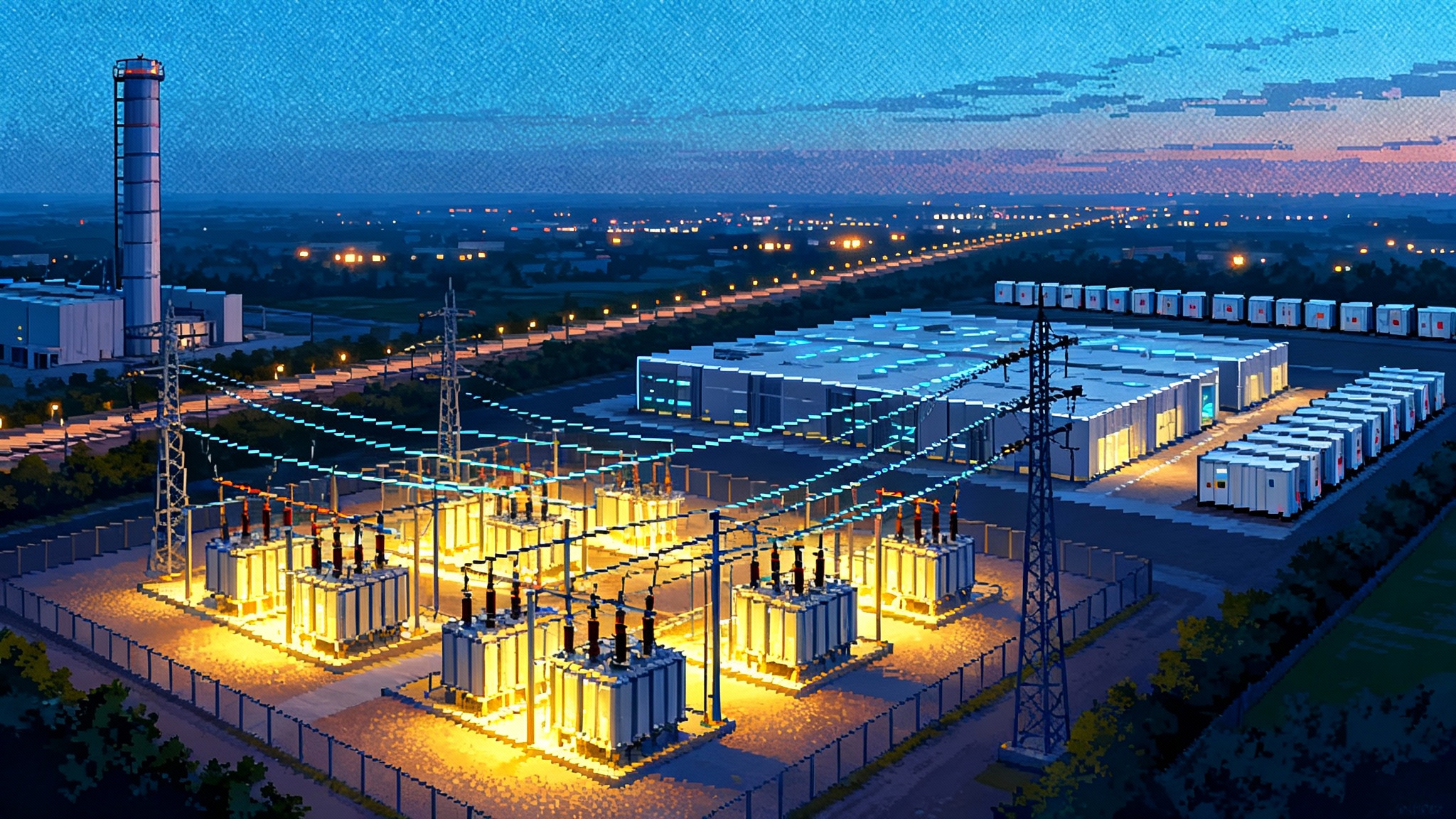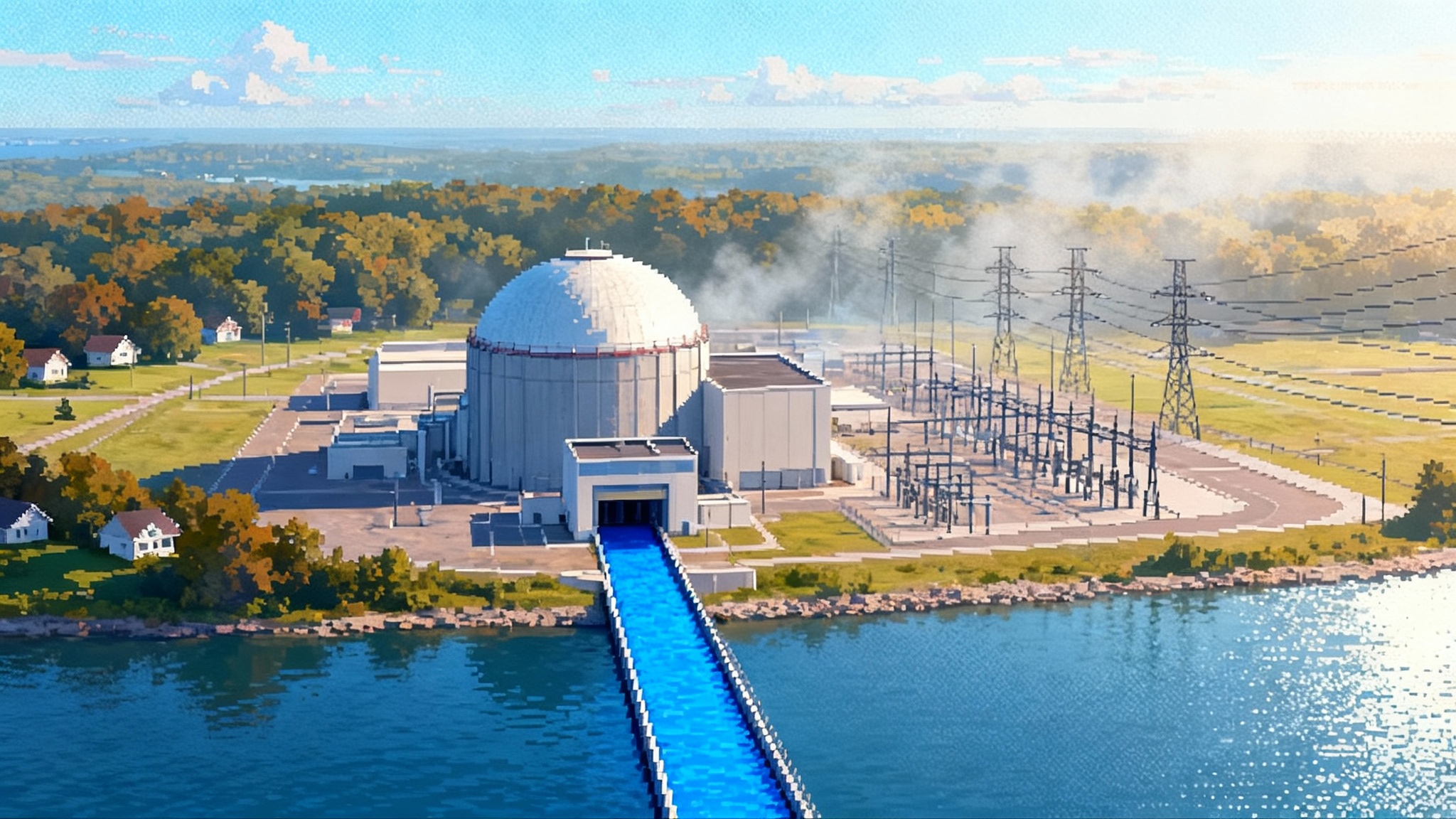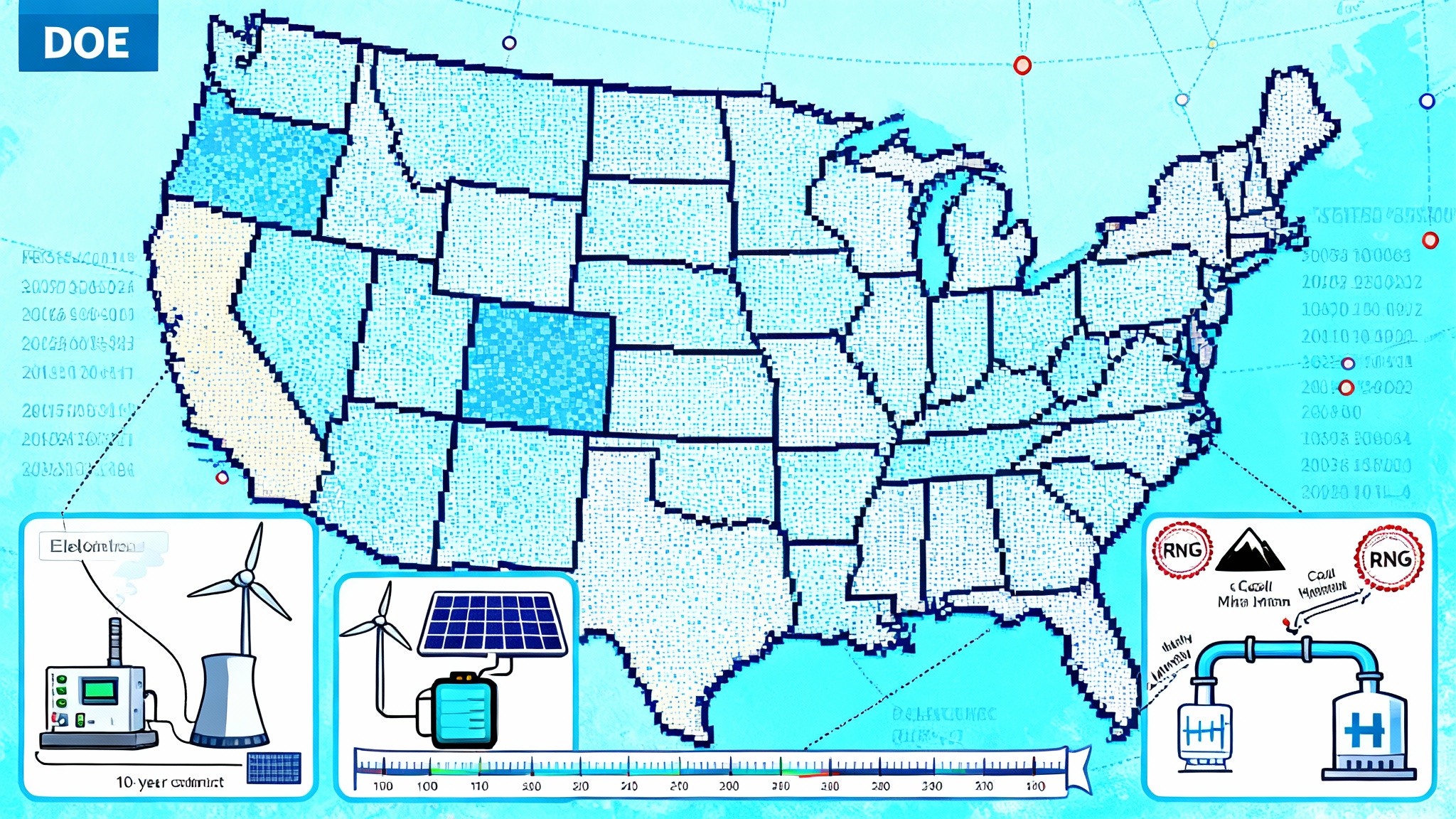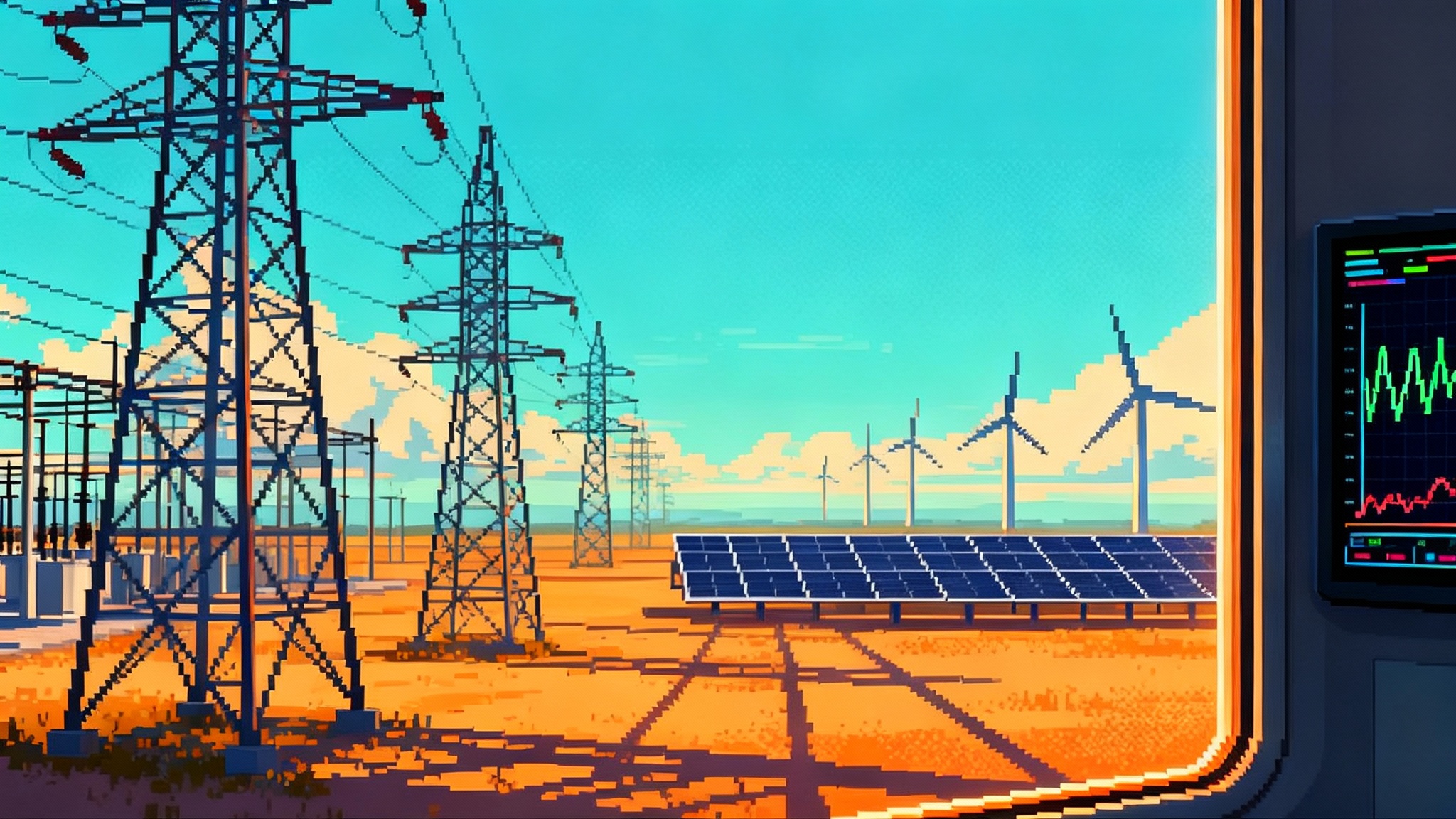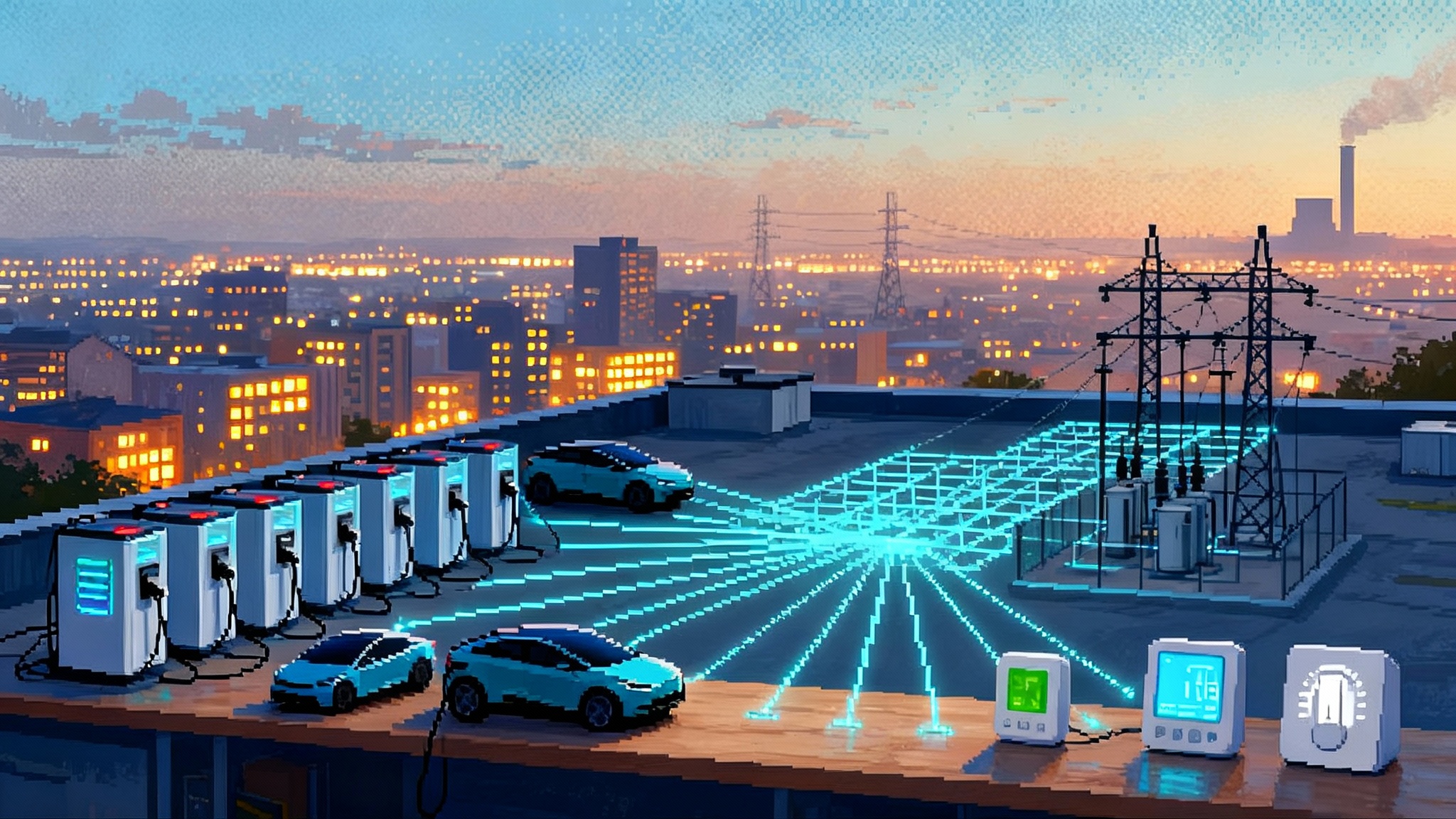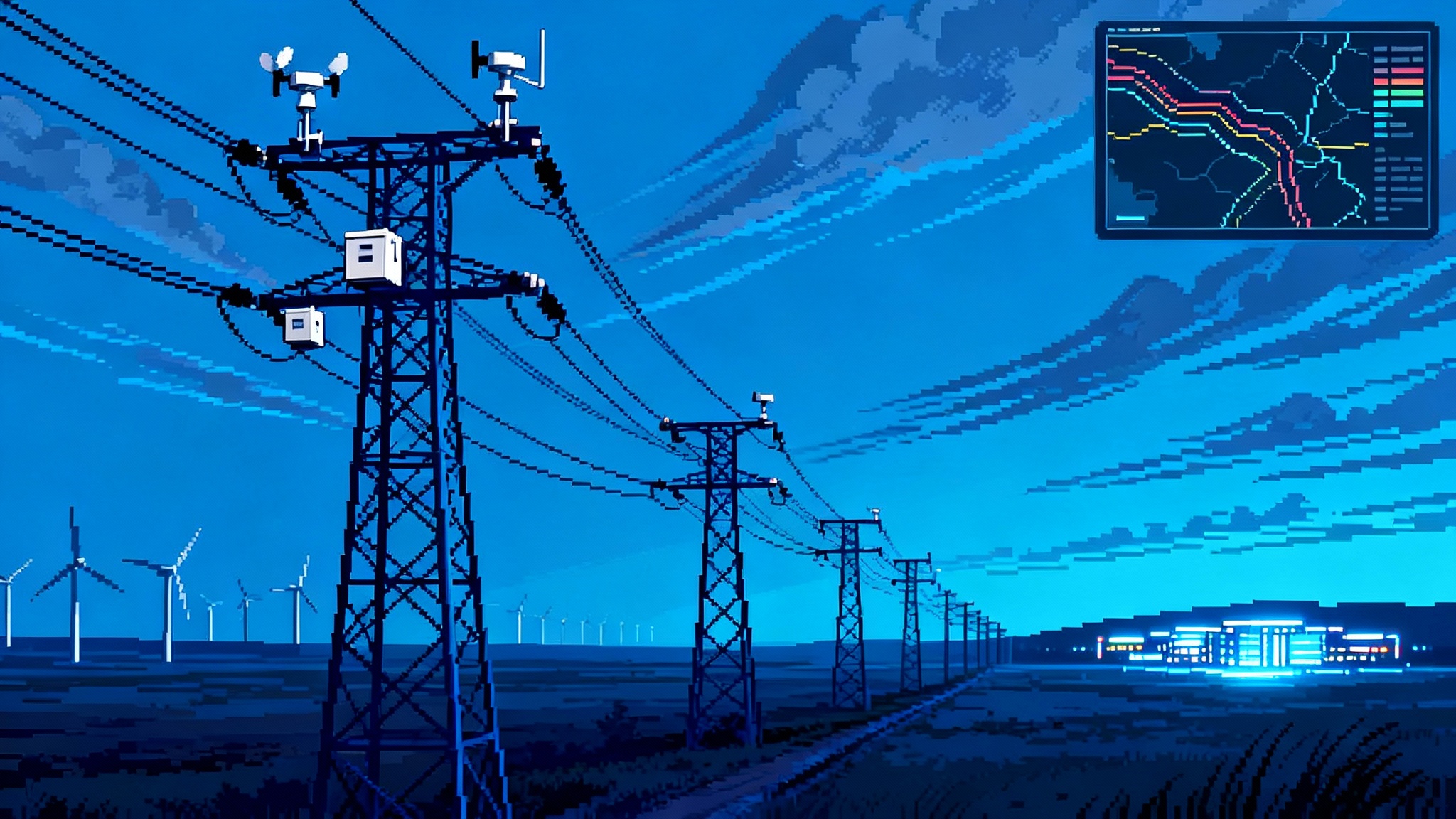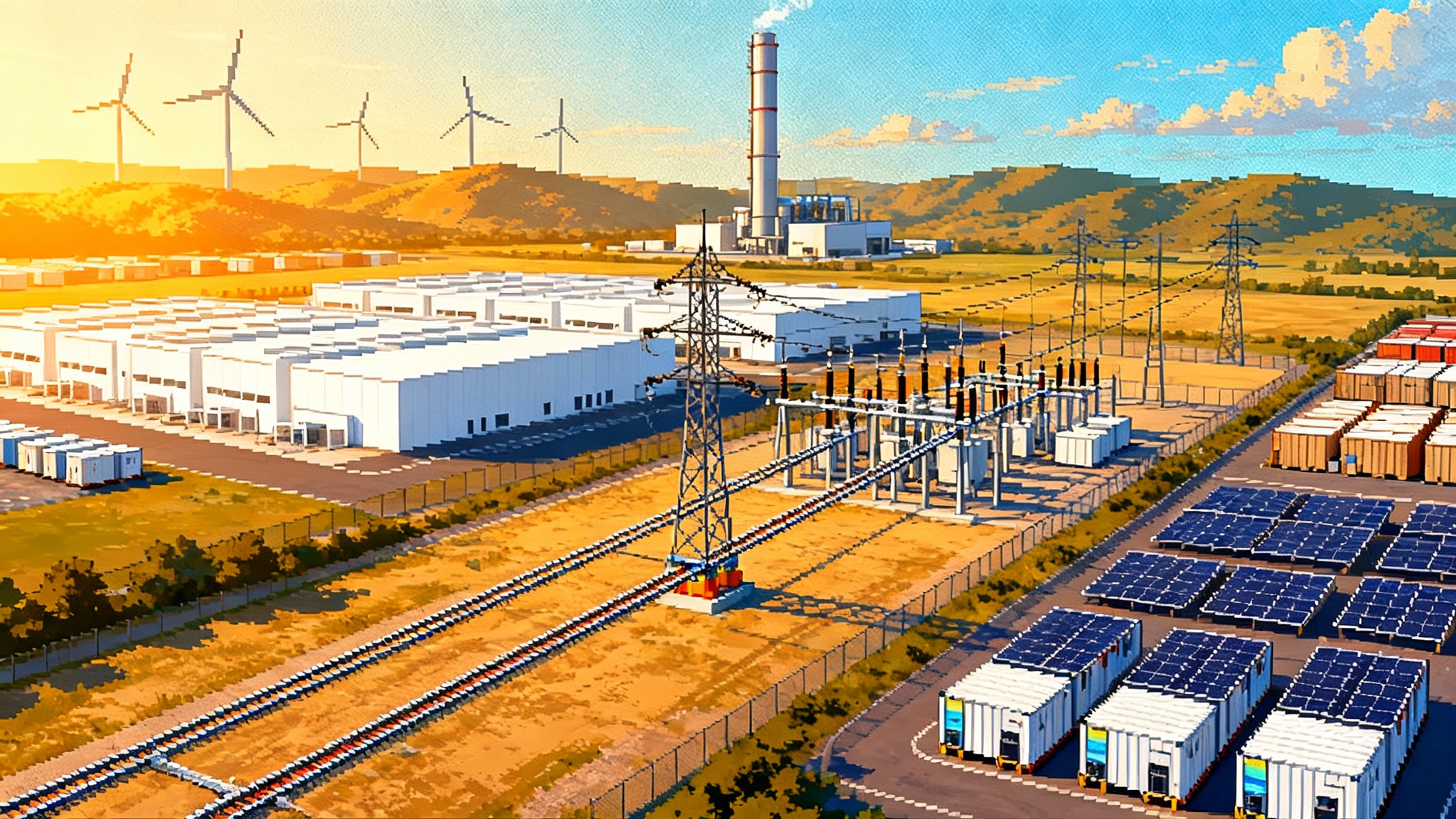energy
Articles under the energy category.
The New Utility Playbook for AI: Data Center Rate Classes
Utilities are moving fast to put AI data centers in their own rate class. The new playbook uses minimum-take obligations, demand guarantees, and 24/7 clean-energy clauses to fund grid upgrades without shifting costs to households.
Palisades Leads America’s Nuclear Restart From Shutdown to Grid
In July 2025 regulators opened the gate for Palisades, the first U.S. commercial reactor moving from retirement back to operation. This roadmap shows how NRC approvals, DOE financing, and a contract-led model can be replicated at other brownfield sites.
45V Goes Live: The New Map for Clean Hydrogen Projects in America
IRS and Treasury s January 2025 decision turned 45V from debate into deal math: annual matching through 2029, hourly by 2030; deliverability by DOE grid regions; new incrementality including at-risk nuclear; and tracked RNG and coal-mine methane starting in 2027. This guide translates rules into siting and contracting moves.
America’s LNG Restart Puts the Gulf Back on Offense
With LNG export reviews back on track in January 2025, Gulf Coast projects and supply chains have shifted from pause to push. Here’s how fresh approvals reshape 2030 capacity, pricing risk, bunkering, and who advances next.
Sodium Ion’s U.S. Turning Point: Pilots vs. Shutdown
Two headlines define sodium-ion’s U.S. moment: the first grid-scale pilots ship while a flagship factory shuts down. Here is what that split means for 2-6-hour storage, domestic manufacturing, procurement playbooks, and investor signals through 2029.
Mandatory Ride-Through: FERC’s 2025 IBR rules hit the grid
On July 24, 2025 the Federal Energy Regulatory Commission approved reliability standards that require wind, solar, and battery plants to ride through grid disturbances. Here is what changes for owners, vendors, and investors between now and 2030, including timelines, compliance steps, and financing impacts.
The Interconnection Fast-Track Arrives: AI Unclogs the Grid
In 2025, grid operators opened temporary fast-track lanes and deployed AI to triage interconnection queues. Here is what that unlocks for 2026 to 2029 builds, who benefits, and how to move now.
2026 Is the VPP Breakout: FERC 2222 Clears the Runway
FERC Order 2222 has cleared the path for distributed energy fleets to compete like power plants. With devices in place and markets opening, 2026 to 2028 will be the first real test of VPP scale, speed, and reliability.
The Post-IRA Sprint: States rush to lock wind and solar
With federal timelines pulled forward, states are fast‑tracking wind and solar awards to qualify before the 2027 placed‑in‑service cutoff. Here’s how developers are retooling, who benefits, and how to avoid a 2028 project cliff.
Dynamic Line Ratings Slip Past 2025 as Grid Needs Surge
FERC-approved extensions push dynamic and ambient-adjusted line ratings into 2026 to 2028, leaving billions in congestion and curtailment on the table. Here is what slipped, why it matters, and a practical plan to recover speed.
NIETCs Go Prime Time: Corridors Set 2026-2032 Build
With three federal corridors advancing and backstop siting clarified, transmission finally has a real near-term clock. Here is how DOE and FERC just set up a 2026 to 2032 build window, who stands to benefit first, and where fights will flare.
AI Data Centers Ignite the Next Utility Capex Supercycle
New utility plans and federal transmission rules show how AI load is reshaping the U.S. grid. See what gets built from 2026 to 2030, who pays for it, and how to curb price spikes while accelerating electrification.
America’s Enrichment Comeback: 2025’s nuclear fuel reboot
The United States is finally breaking its uranium bottleneck. In 2025, DOE HALEU allocations, a Centrus extension, new Urenco cascades, and fresh Paducah licensing set the stage for secure fuel by 2030 and a new wave of reactors.
Texas Batteries Overtake California: Prices and Reliability
By mid-September 2025 ERCOT overtook CAISO for the most operating grid-scale batteries in the U.S. This analysis explains why Texas pulled ahead, how storage is reshaping price formation, and what it means for reliability and investors over the next year.
U.S. LNG’s 2025 Reboot: Policy shifts and SPAs fuel Gulf buildout
Washington’s 2025 reset on LNG export approvals and flexible commencement timelines reignited U.S. projects just as new SPAs returned. Here’s who can reach FID, how feedgas and pipelines will adapt, and why methane performance and bunkering will shape margins through 2030.
Capacity price shock: PJM hits the cap, MISO's summer soars
PJM’s 2026-2027 Base Residual Auction cleared at the price cap while MISO’s summer PRA spiked to $666.50 per MW-day. Here is what changed in 2025, where scarcity is tightest, and how developers and large buyers can position for 2026-2030.
45V Is Final: Hydrogen’s 2025 Reset and What Gets Built
Treasury and IRS finalized the 45V hydrogen tax credit on January 10, 2025. Here’s how hourly matching, deliverability, and carbon thresholds will shape green vs blue economics and 2026–2028 FIDs.
After Congress Axes EPA Methane Fee, What Changes Now
On March 14, 2025 Congress used the Congressional Review Act to void EPA’s methane fee rule, and EPA removed it from the CFR in May. The fee is gone, but methane standards and Subpart W reporting remain, and markets will keep the pressure on through 2027.
